SPW103 Safety and Protection in the Workplace Part A Questions
VerifiedAdded on 2023/01/10
|6
|810
|27
Homework Assignment
AI Summary
This document offers comprehensive solutions to a SPW103 assignment focused on safety and protection in the workplace. It addresses key concepts such as CPR techniques, including high-frequency chest compression, open-chest CPR, and interposed abdominal compression, and respiratory and contact precautions, emphasizing the importance of respirators and face shields. The assignment also covers first aid protocols for choking, including back blows and abdominal thrusts, and clarifies correct child CPR ratios. Additionally, the solutions provide insights into recognizing and responding to medical emergencies, such as gangrene and heatstroke, and offers guidance on appropriate actions, including calling for help and administering first aid. The document also corrects common misconceptions and provides revised recommendations for various scenarios, ensuring a thorough understanding of workplace safety protocols. This assignment is a valuable resource for students looking to enhance their knowledge of workplace safety procedures and emergency response.
1 out of 6
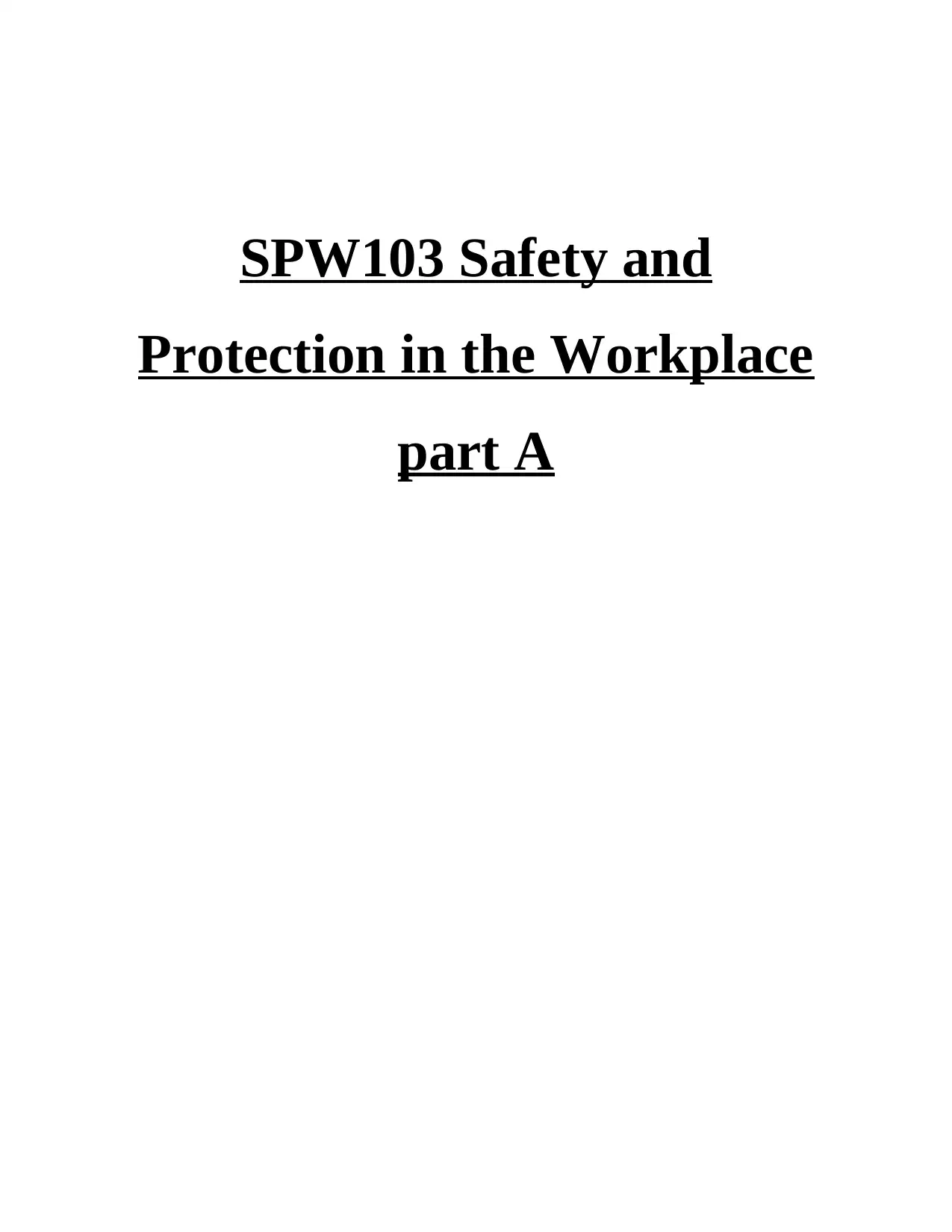
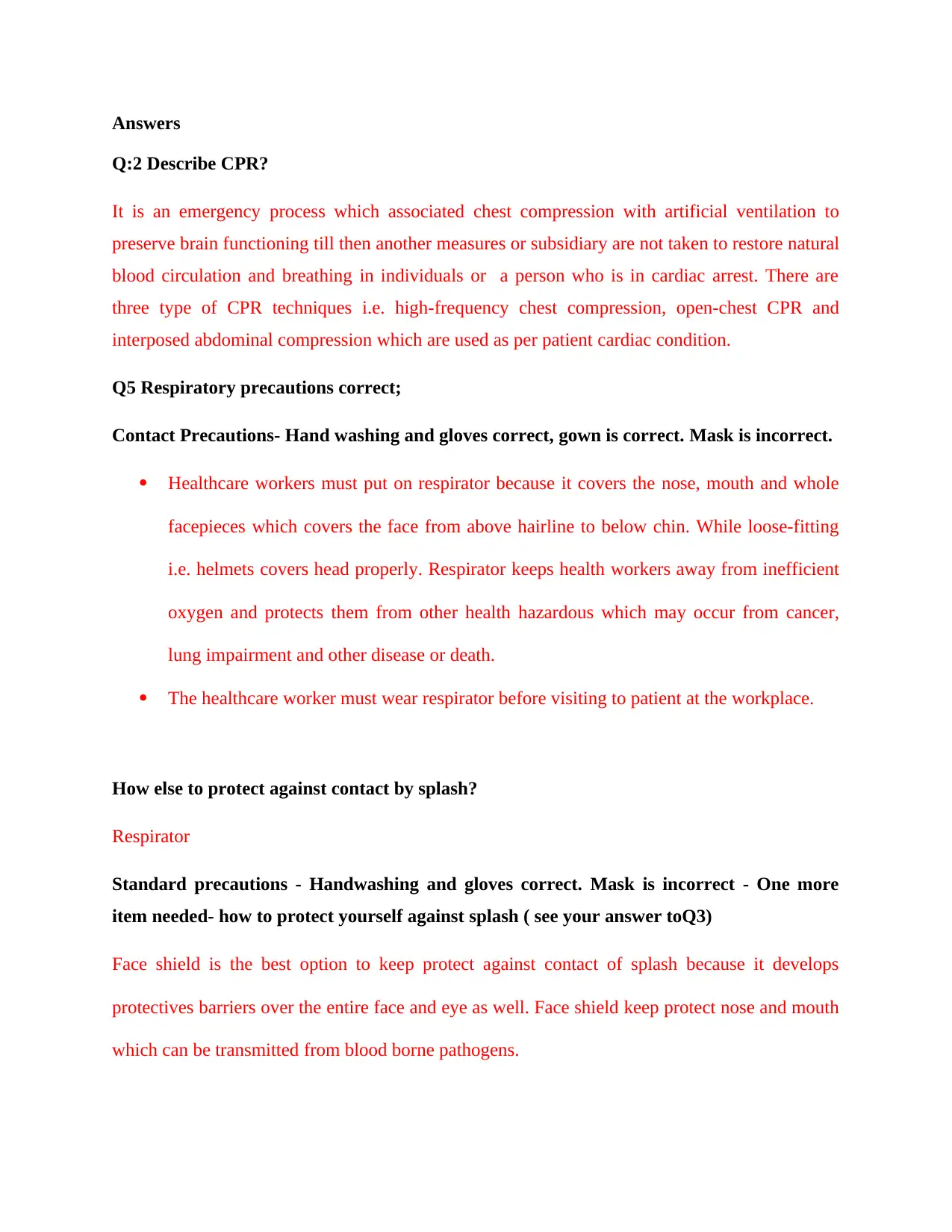
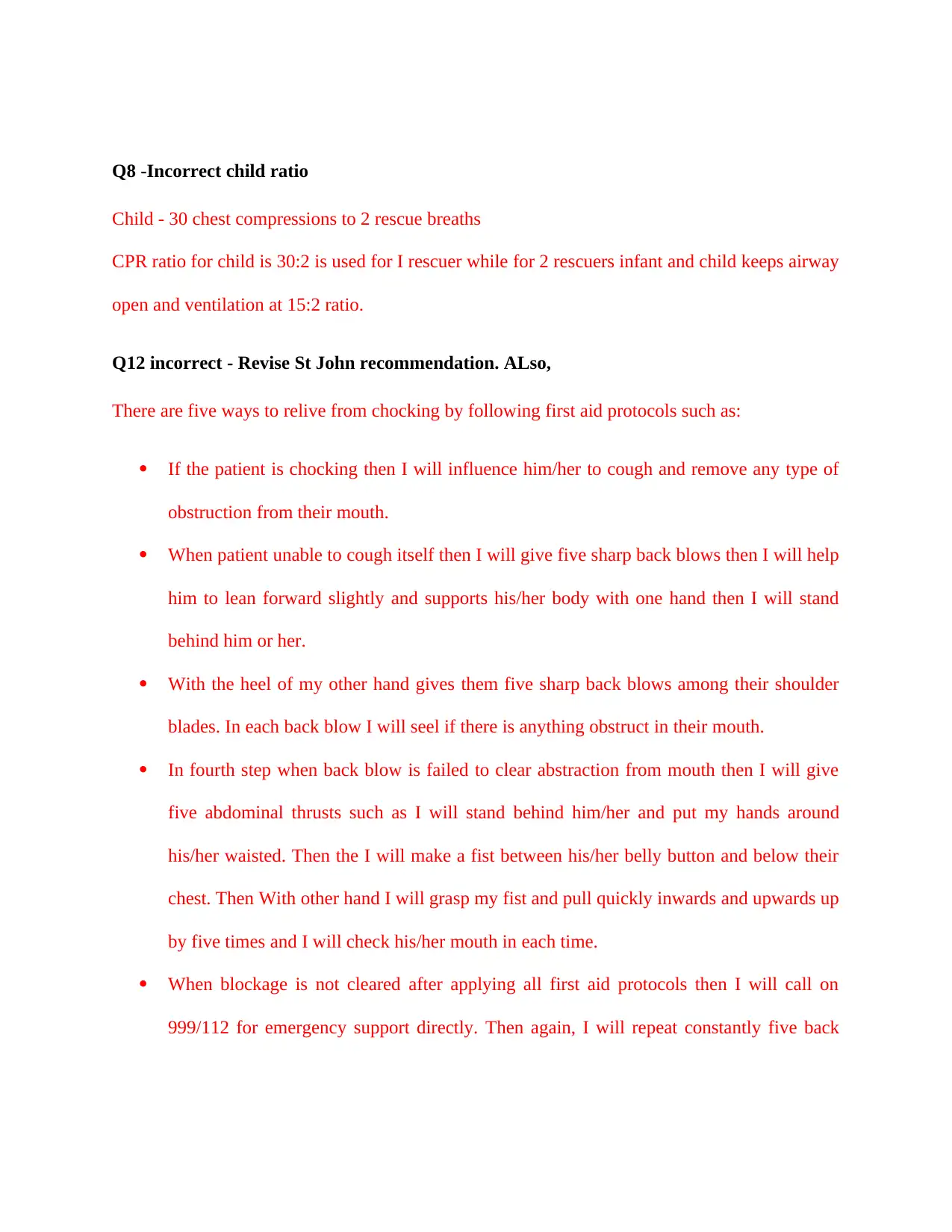

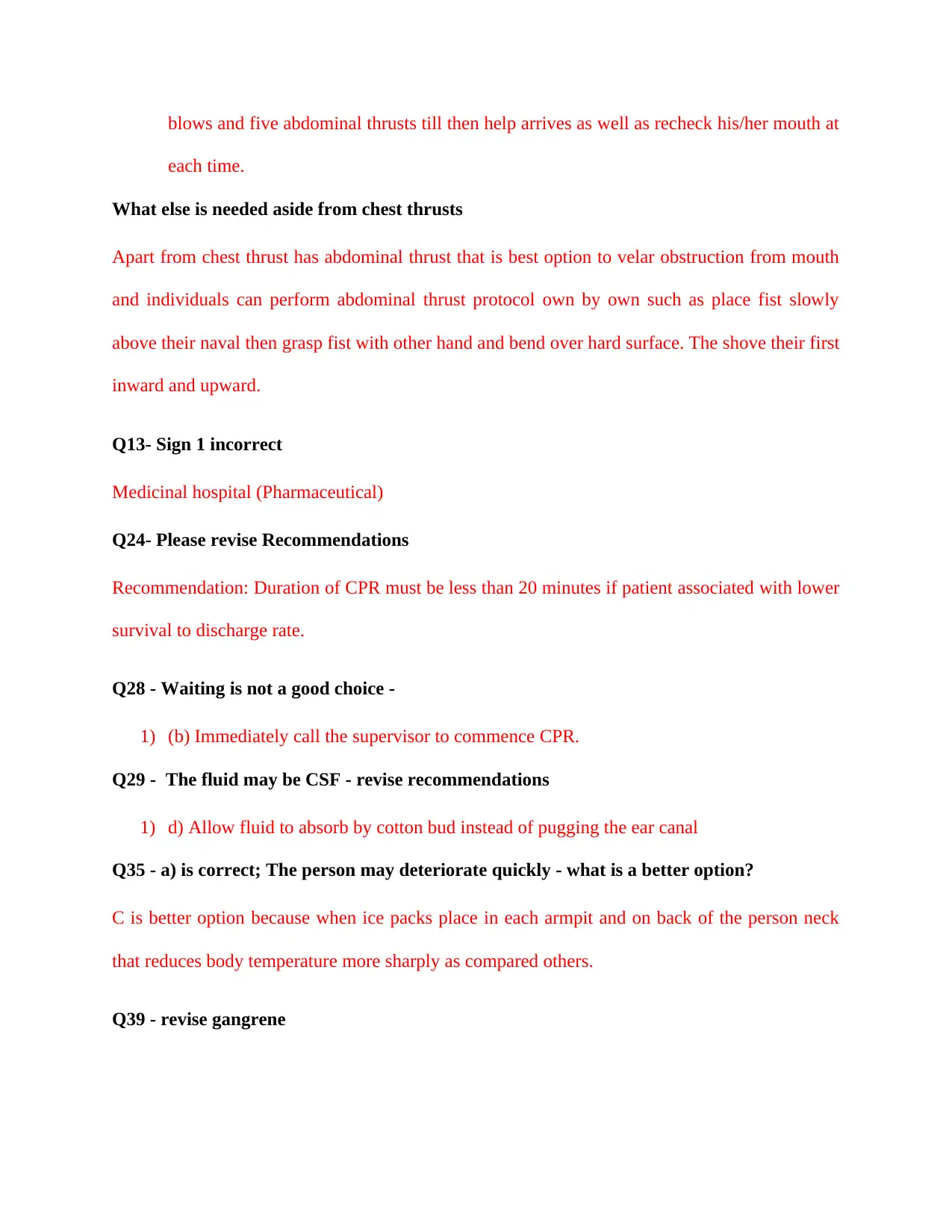
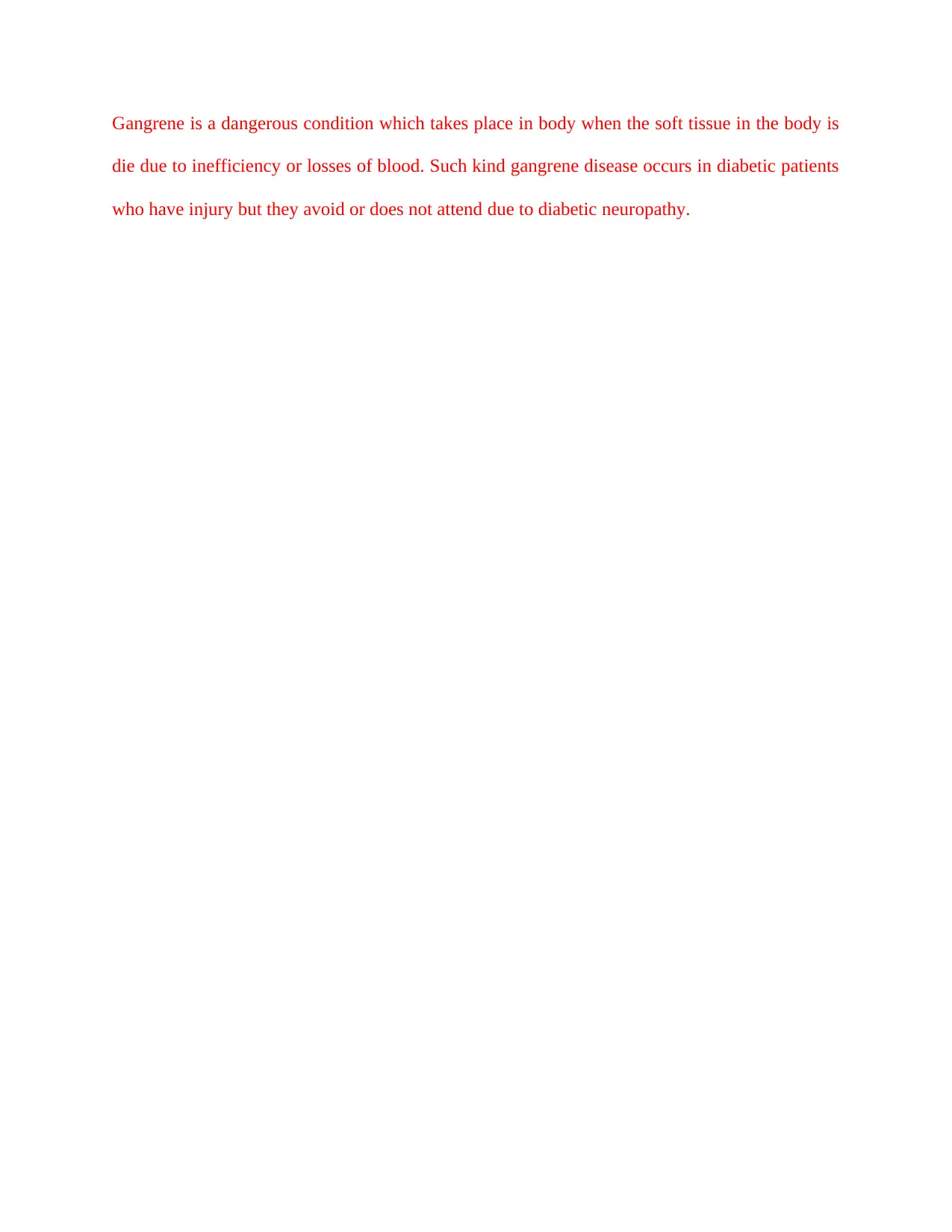


![[object Object]](/_next/static/media/star-bottom.7253800d.svg)